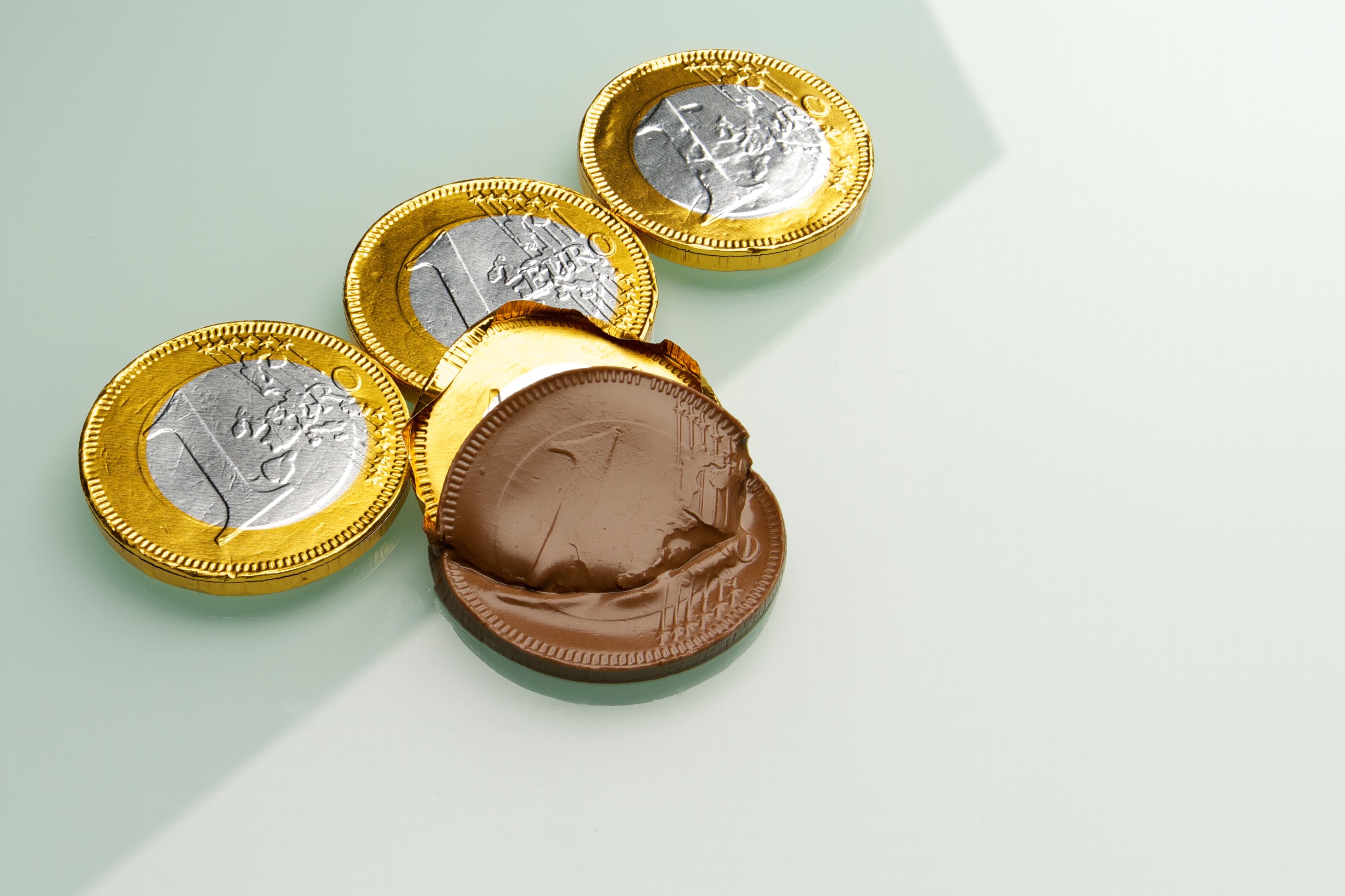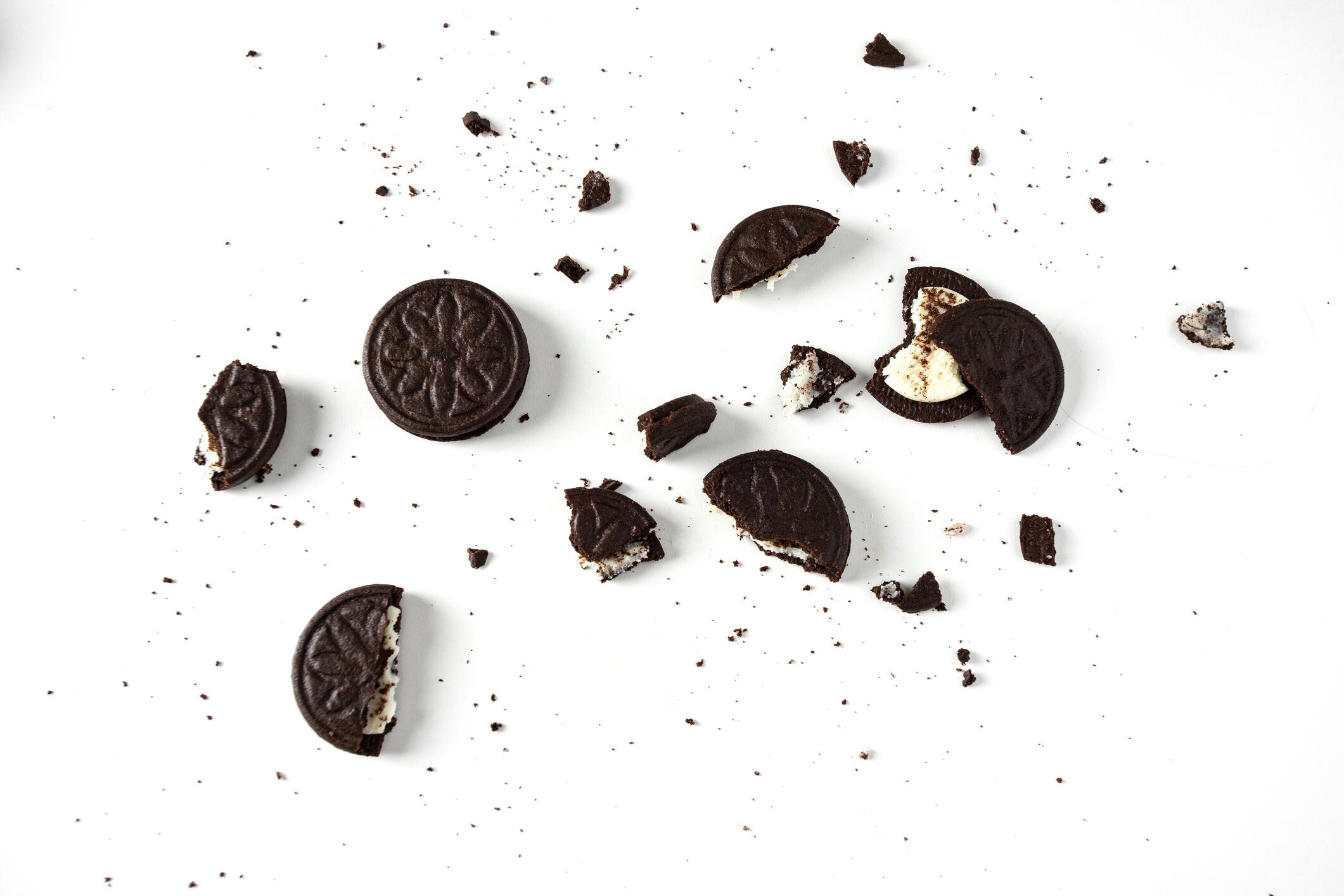What are confectionery brands doing about the cocoa crisis – Quick summary
- Mondelēz may reduce prices or shrink product sizes to stay competitive
- Hershey keeps prices high in premium markets despite falling net income
- Nestlé uses price hikes and job cuts to boost growth
- All three brands explore cost-saving strategies like automation and agility
- Cocoa volatility drives long-term pricing and product format adjustments
Some of the biggest companies in confectionery are struggling against the global high costs of raw materials.
Riding the commodity prices storm is not easy, even for the biggest of big players. In their own ways, Nestlé, Mondelēz International, and Hershey, all giants in the world of confectionery, have suffered from the pressure of high prices.
This, combined in some cases with falling sales and the pressure of tariffs, are contributing to falling profits despite revenues remaining high.
All three have recently released Q3 earnings reports, and are taking some drastic actions to boost growth.
Mondelēz may cut prices to draw in consumers
US snacking giant Mondelēz International has pursued a strategy of price increases to cope with high raw material costs. The Cadbury and Oreo maker has put up prices in all of its geographies, but especially in Europe.
The strategy may now be taking its toll. In Mondelēz’s recent Q3 earnings, the company reported that volumes have fallen by 4.6% and the company’s gross profit has dropped significantly.
CEO Dirk Van de Put has suggested a few potential remedies for these problems. He has suggested, for example, that the company may consider reducing prices to make its products more “acceptable to the consumer,” in the short term.
In the long term, the CPG giant may even consider reducing 300g bars to 250g.

Hershey to keep prices high as profits fall
As Mondelēz considers putting prices down, Hershey puts them up. During Hershey’s Q3 call, CFO Steve Voskuil said that the US chocolate giant has now been pushing up prices. It is not moving in “lockstep” with competitors, he stressed, but working keenly on a price strategy to see how much pricing consumers will take.
In particular, Hershey has been “aggressive” with pricing in international markets, where the brand is positioned as a premium offering. Premium chocolate has suffered less significantly from the cocoa crisis than mass market.
When asked if the company would reduce prices if cocoa costs eased in 2026, Voskuil said that it would “focus on balanced recovery”, and suggested the brand’s current pricing strategy was working well. Nevertheless, he also ruled out pushing up prices even further should cocoa costs increase in 2026 (although pricing would remain a “long-term lever” for further into the future).
The CPG major is also looking towards cutting costs by optimising its supply chain, through its Advancing Agility and Automation initiative.
Despite success on net sales and beating analysts’ expectations, the company’s net income fell by 38.2%, it announced during its Q3, an outcome blamed on the rising cost of raw materials. Expenses from tariff barriers could harm profits further in Q4.
Nestlé cuts jobs as sales continue to decline
Swiss multinational Nestlé, the world’s biggest food company, has been suffering from falling sales for a while. In its half-year results earlier this year, it reported a 1.8% decline in sales.
While Nestlé’s Q3 earnings saw the decline continue, with sales going down by 1.9%, other measures, such as organic growth and real internal growth (RIG), were up from the last earnings report. These results were driven by price increases. On the whole, Nestlé successfully used pricing to boost growth, and beat analyst expectations.
To promote further growth, Nestlé announced that it would cut 16,000 jobs, around 7% of its workforce. This includes 12,000 office-based jobs, and 4,000 unspecified. This will deliver Nestlé around CHF 1.0 billion (€1.08bn) in annual cost savings by the end of 2027.
On the flip side, CEO Philipp Navratil did suggest that the company may adjust pricing in the future if it gets too much.





